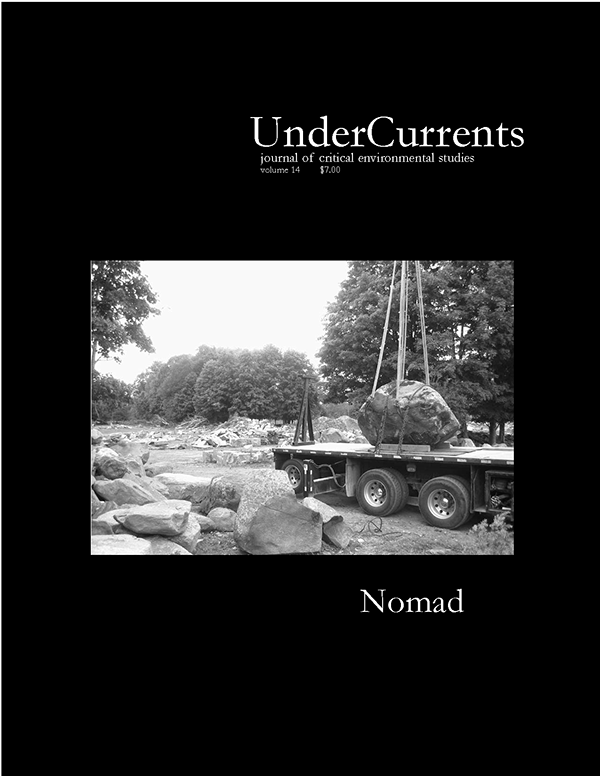Mapping Security
Writing the Trace of Nation
DOI:
https://doi.org/10.25071/2292-4736/40403Abstract
I’m sitting at home, resolved to write a small reflection on leisurely movements, mapping and the (knowledge) production of Canada, probably one that will start with an anecdote out of Where is Here? (Morantz, 2002), Rick Morantz’s journalistic book about the maps that make Canada.
References
Anderson, B. (1991). Imagined Communities. New York: Verso.
Day, R. (2000). Multiculturalism and the History of Canadian Diversity. Toronto: University of Toronto. DOI: https://doi.org/10.3138/9781442677449
Derrida, J. (1974). Of Grammatology. (G. Spivak, Trans.) Baltimore: Johns Hopkins. (Original work published 1967).
Harley, J. (1992). Deconstructing the map. In. T. Barnes & J. Duncan (Eds), Writing worlds: Discourse, text and metaphor in the representation of landscape. New York: Routledge. (pp. 231-247).
Morantz, A. (2002). Where is Here? Canada’s maps and the stories they tell. Toronto: Penguin.
Sparke, M. (1998). A map that roared and an original atlas: Canada, cartography and the narration of nation. The Annals of the Association of American Geographers, 88(3). pp. 463- 495. DOI: https://doi.org/10.1111/0004-5608.00109
Spivak, G. (1974). Translator’s preface. In J. Derrida, Of Grammatology. Baltimore: Johns Hopkins. pp. ix-lxxxix
Published
How to Cite
Issue
Section
License
Copyright (c) 2005 Bruce EriksonCreators retain copyright for all writings and artwork published in UnderCurrents. New material published as of Volume 21 (2022) is available under a Creative Commons Attribution 4.0 International License (CC-BY 4.0).


